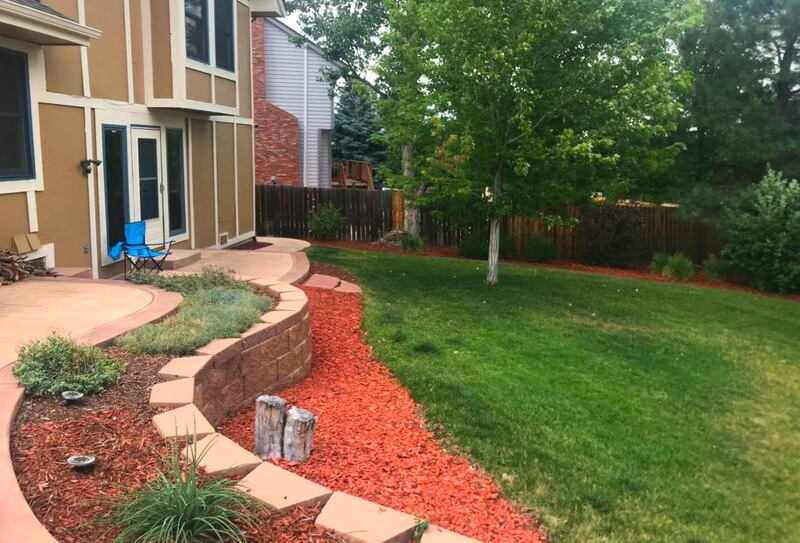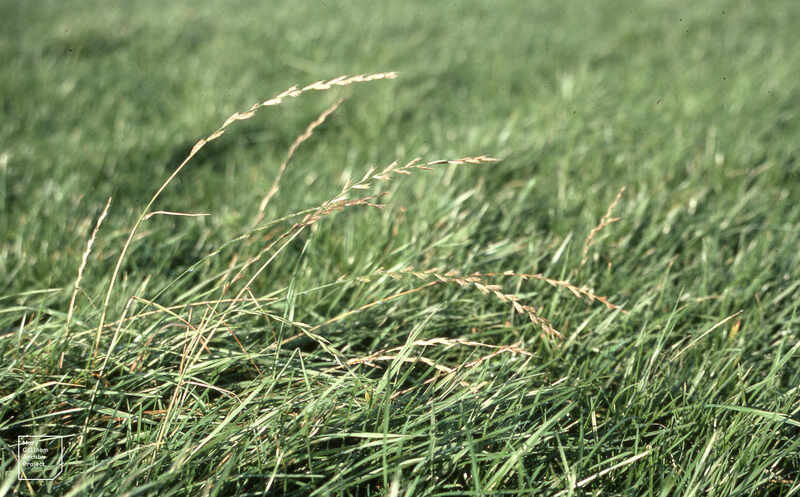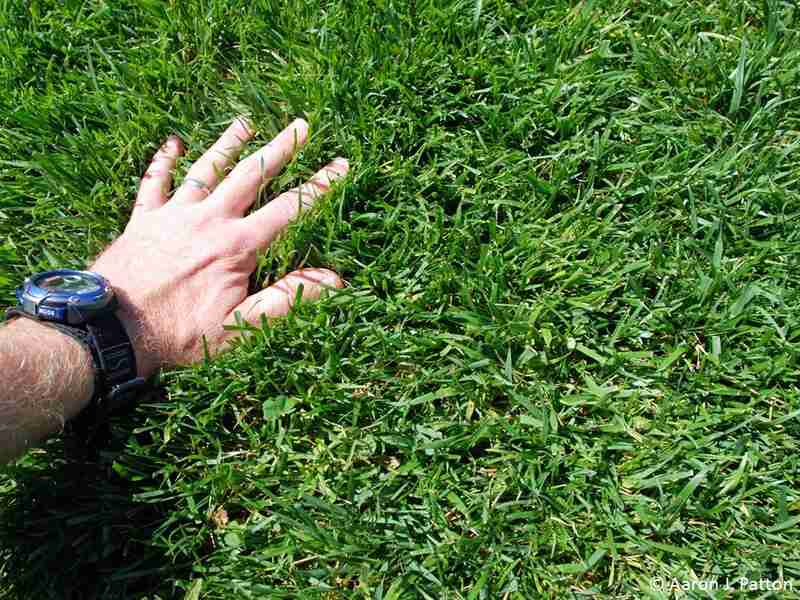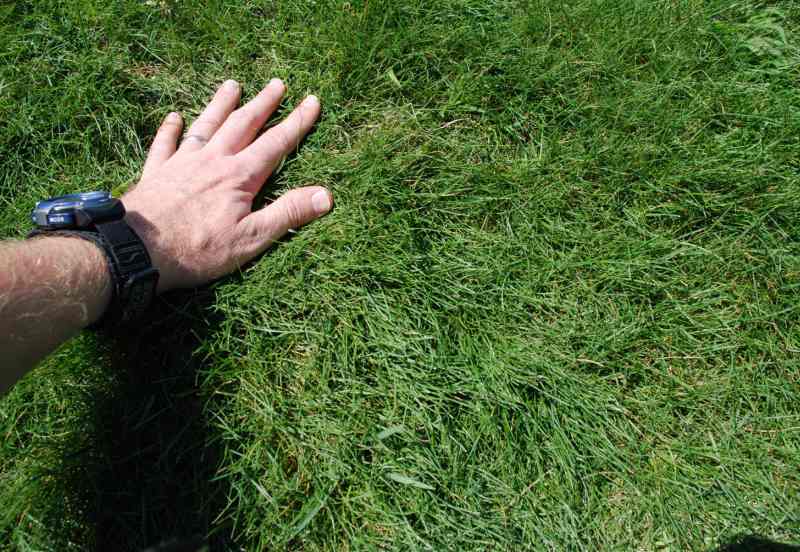4 Best Grass Types for Kenosha
BY JUDITH GALLOVA | MARCH 21ST, 2023 | KENOSHA, LAWN CARE, WISCONSINKenosha is known for its beautiful public parks and gardens, so if you live in this stunning city, you might want to capture some of that beauty in your own front yard. Whether you’re a seasoned gardener or a beginner, you can start by using one of the best turf types for Kenosha, Wisconsin.
In this article:
4 Cold-season Grasses That Thrive in Kenosha
There are two categories of grass:
- Warm-season grasses grow most actively in late spring and summer when temperatures are around 75 to 95 degrees Fahrenheit. They perform best in the southern half of the United States.
- Cool-season grasses grow most actively in early spring and fall when temperatures are around 55 to 75 degrees Fahrenheit. They’re well-suited to Northern climates with distinct seasons and cold winters.
Kenosha’s weather ranges widely, from warm to cold and snowy with cloudy skies. Having the right grass can help ensure that your Kenosha lawn stays healthy throughout the year. Cold-season grasses tend to do better in this climate.
If you want your lawn to flourish, choose one of these grasses below.
1. Kentucky Bluegrass

Photo Credit: Brenda Ryan / Wikilawn
Kentucky bluegrass appears throughout the United States, but it really thrives in Northern areas. This grass is known for its dense texture and blue-green color. It thrives in full sun and boasts excellent ability to self-repair.
Nevertheless, Kentucky bluegrass can have problems with too much heat, bad soil, and drought. This grass type is also susceptible to disease, thatch, and insects. You can improve its year-round durability by mixing it with perennial ryegrass. It grows more slowly than some other grasses and doesn’t tolerate partial shade as well as other grass types.
Classification: Cool-season grass.
Spreads by: Underground stems (known as rhizomes).
Shade tolerance: Partial shade to full sun.
Drought tolerance: High but long periods of drought will lead to dormancy.
Foot traffic tolerance: High in colder weather, lower in warmer seasons.
Maintenance needs: Provide an inch of water weekly; mow every 5-7 days; fertilize 1-3 times a year.
Recommended mowing height: 1 to 3 inches.
2. Perennial Ryegrass

Photo Credit: Dr Mary Gillham Archive Project / Flickr / CC BY 2.0
Perennial ryegrass is a soft grass that greens up pretty quickly after the snow melts. Its color usually ranges from medium to dark green. It’s low-maintenance, tolerates cold, andresists wear once established as a mature turf. Because of its protective properties, perennial ryegrass is often mixed with other grass types.
However, unlike other grass types, perennial ryegrass can’t self-repair. Moreover, this grass can be difficult to manage because it grows fast. It can sometimes struggle against drought and heat and doesn’t resist fungal diseases well. It also doesn’t tolerate partial shade as well as some other types of grass.
Classification: Cool-season grass.
Spreads by: Producing neither rhizomes nor stolons, you’ll need to seed or lay sod on the entire lawn to grow this grass.
Shade tolerance: Moderate.
Drought tolerance: Moderate, depending on the variety.
Foot traffic tolerance: High.
Maintenance needs: Mow and water frequently; fertilize every 4-6 weeks.
Recommended mowing height: 1.5–2.5 inches.
3. Tall Fescue

Photo Credit: Aaron Patton / Purdue’s Turfgrass Science Program
Tall fescue is a popular and versatile type of grass that does relatively well in both full sun and partial shade. Its heat tolerance is actually the highest among cool-season grass types. Moreover, tall fescue is a champ at withstanding drought. Additionally, this moderate to coarse-textured grass resists diseases and weeds. It has a medium to dark-green hue.
Tall fescue, however, struggles to repair itself. Although it’s relatively low-maintenance, it grows quickly and may require frequent mowing.
Classification: Cool-season grass.
Spreads by: Grows in clumps and spreads through tillers (vertical shoots that grow from the base of the plant).
Shade tolerance: High.
Drought tolerance: Very high.
Foot traffic tolerance: High.
Maintenance needs: Best to mow weekly; requires minimal fertilization; water as needed unless you want your lawn to go dormant.
Recommended mowing height: 3.5-4 inches.
4. Fine Fescues

Photo Credit: Aaron Patton / Purdue’s Turfgrass Science Program
Fine fescue is a medium to blue-green grass that can keep its color year-round. There’s a high variety of fine fescue grasses to choose from. They can also be mixed with other grass types. Fine fescue is a versatile, low-maintenance option that tolerates full sun and partial shade relatively well. Although it may go dormant during droughts, its drought resistance is still fairly high.
However, fine fescue isn’t suitable for high-traffic and may easily catch diseases. Furthermore, be careful with fertilizers, as they can cause high thatch levels.
Classification: Cool-season grass.
Spreads by: Stolons (above-ground stems) and rhizomes (modified stems that run underground).
Shade tolerance: High.
Drought tolerance: High.
Foot traffic tolerance: Moderate to low, not best for heavy foot traffic.
Maintenance needs: Mow every 2-3 weeks until growth slows in the summer; fertilize 2-4 times a year; aerate once a year.
Recommended mowing height: 3 to 3.5 inches.
FAQ About Grass Types For Kenosha
Fine fescue is the best grass type for a low-maintenance lawn in Kenosha. However, it will still require regular mowing. The best height for mowing fine fescue is 2.5 to 4 inches, and it should always be above 2 inches.
Perennial ryegrass and tall fescue both tolerate foot traffic well. But keep in mind that these grass types aren’t as good at repairing themselves. On the other hand, Kentucky bluegrass has a fantastic ability to repair itself and is more resilient during the colder months.
Tall fescue and fine fescue both tolerate partial shade, so you can pick whichever one is better suited for your lawn.
Kentucky bluegrass is great for pet owners. It can heal its damaged spots and holds up well to foot traffic. It also has a soft texture that’s pleasant to walk on.
Choose the right grass and plants for your Kenosha landscape
When you look for the right grass types for your Kenosha landscape, you’ll want to consider your specific needs and requirements. Some grass types may be better suited for high-traffic areas, while others may require less maintenance. So make sure that you pick the grass type that’s most suitable.
In addition to picking your new grass, you can make additional improvements to your landscape. For example, consider adding native Kenosha plants to enhance its appearance. You should also consider winterizing your lawn and garden so that they can endure Kenosha’s cold winter temperatures.
Selecting the perfect grass type is only the beginning. Keep your new lawn green and healthy with services from WikiLawn’s Kenosha lawn care pros.
Main Photo Credit: Teemu08 / Wikimedia Commons / CC BY-SA 3.0